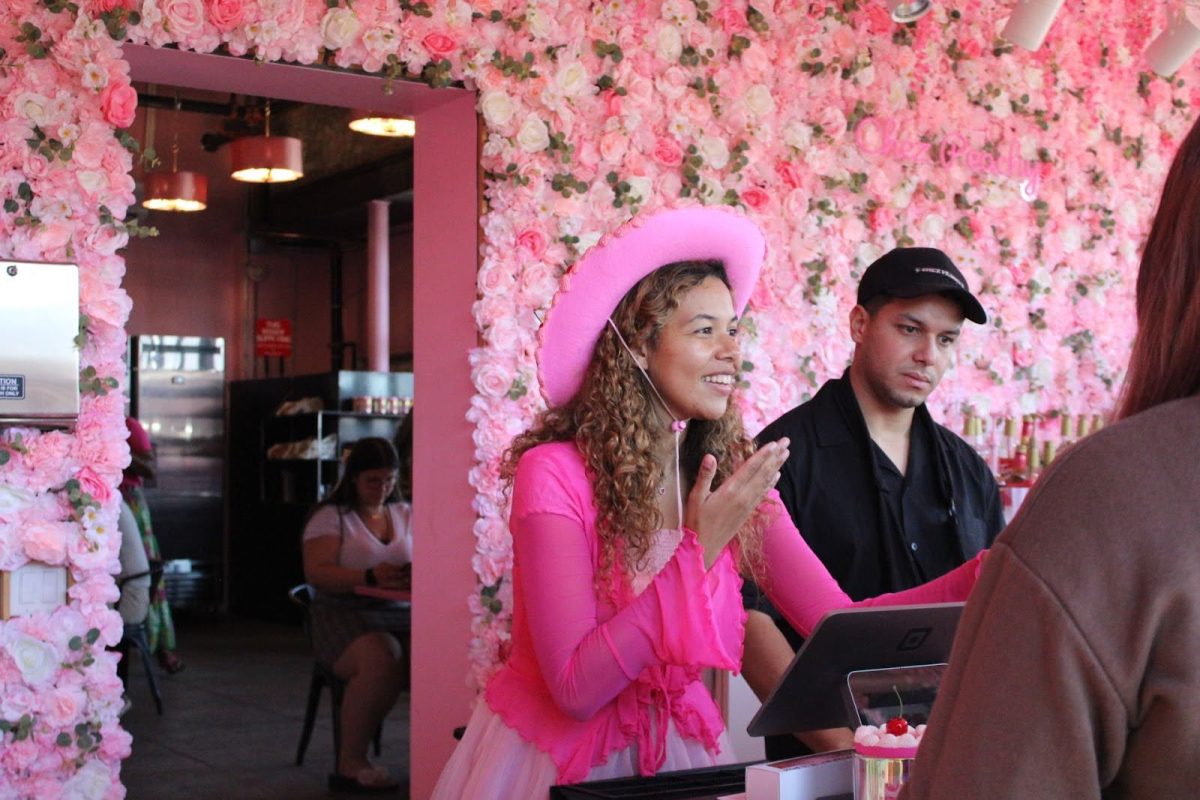There’s an episode of the television show “”The Simpsons”” in which pious Ned Flanders scans his submerged neighborhood to see who has survived what he believes to be an apocalyptic flood. When he notices that neighbor Homer Simpson is still around, Flanders quips, “”Looks like heaven’s easier to get into than Arizona State.””
As nice as it may have been to hear our principal rival mocked on a popular, national TV show, Flanders’ astonishment is not so much a dig on ASU as it is an encapsulation of what was once a generally accepted axiom: Everyone gets into state schools.
Indeed, according to a recent Wall Street Journal article, acceptance at flagship state universities was once considered to be a “”birth right”” for “”B-“” and even “”C-“” students with the financial ability to attend.
It seems, though, that times are changing. State schools are growing increasingly competitive – not only here at the UA, but nationally as well.
Due to a massive increase nationwide in numbers of applicants, as well as record selectivity at top-tier schools like the Ivy Leagues, state schools have found themselves in a lucky conundrum: Faced with far more – and more talented – applicants than in the past, they are forced to reject students in unprecedented numbers.
Sixty-three percent of students in the United States currently enrolled in four-year universities attend state schools. As state schools grow more competitive nationwide, the bar for educational standards is raised. And that’s a good thing, as the United States struggles to keep up with the educationally invigorated India, China and even Russia. Increased competitiveness at state schools also encourages increased focus at the high school level, reminding students who want to continue their studies that they’re not just in a holding pattern until college.
Arizona has certainly seen the benefits of increased competitiveness at undergraduate institutions. Among public schools in the U.S., ASU has attracted the third-highest number of National Merit scholars in its entering freshman class. And here at the UA, while the admissions department was once required to accept any student in the to 50 percent of his or her class, with new enrollment standards, only the top 25 percent of students in the state are guaranteed admission.
But increased competitiveness at state flagship universities is only a good thing as long as other pieces fall into place. Community colleges have an expanded role to fill in preparing students who may not have gained acceptance the first time around. Technical schools have an expanded role in providing options for students who decide that university education is not for them. These institutions must be equipped for enlarged roles.
And most of all, we shouldn’t celebrate increased selectivity as a victory for education if it is actually just a sign that our nation’s university capacities are not keeping up with population growth. Universities should get more selective as standards are raised throughout – and that means better educations for students in grades K-12 as well.
Increased competitiveness at state schools means better educations for the students who get there – obviously a good thing. But let’s not celebrate this victory too soon. Pre-collegiate education needs to provide all students – particularly low-income students, who often are burdened with financial constraints that lessen their ability to put time into studying for standardized tests and other benchmarks used in admissions – with the tools they need to compete at these new standards.
When state schools can fulfill their mandate to provide the best education at the highest standards possible for their residents, it will be time for the real celebration.
Opinions Board
Opinions are determined by the Wildcat opinions board and written by one of its members. They are Nina Conrad, Lori Foley, Ryan Johnson, Ari Lerner, Nicole Santa Cruz and Matt Stone.








